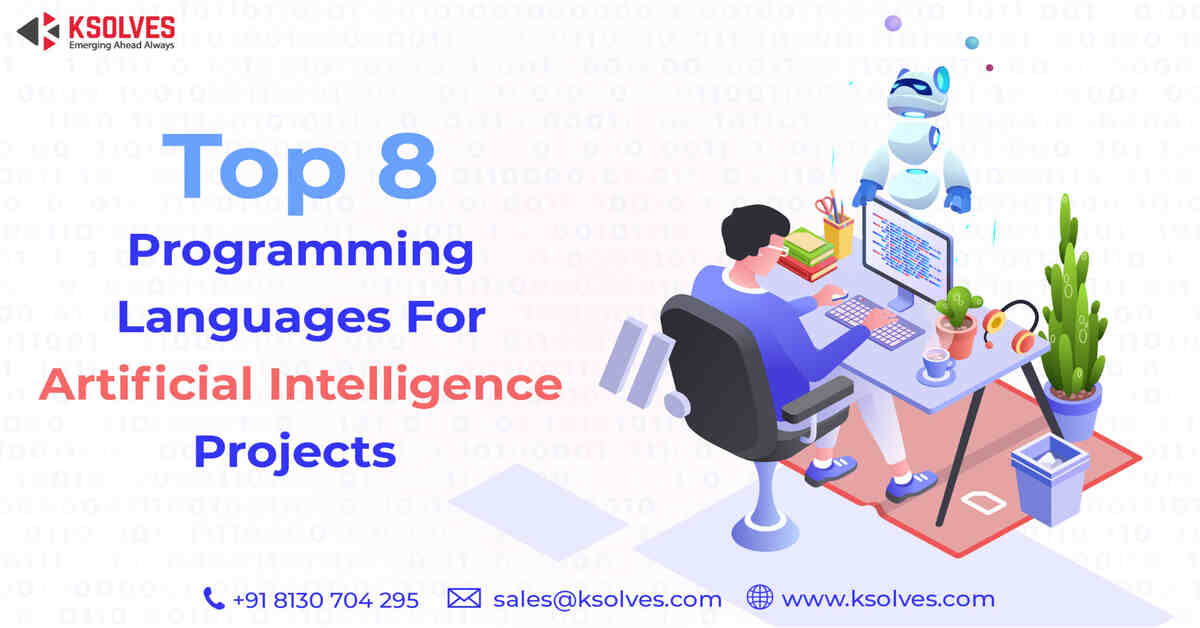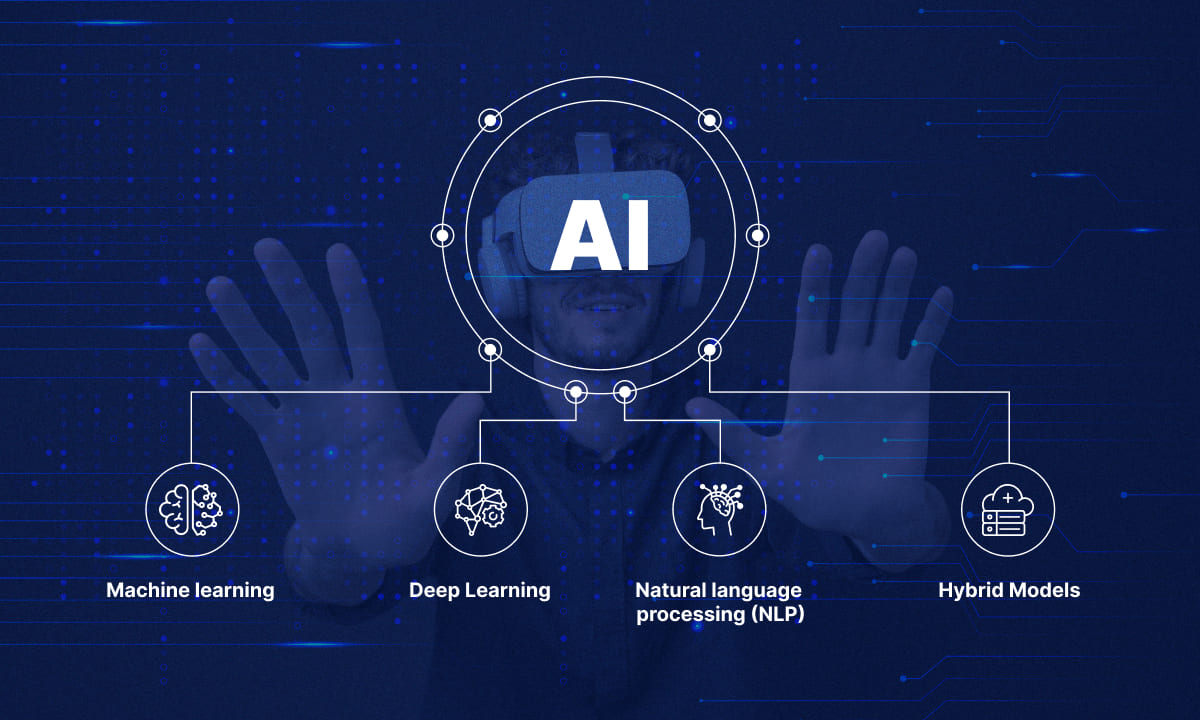
The Rise of AI-First Programming Languages
The rapid advancement of artificial intelligence (AI) has sparked a wave of new programming languages designed specifically to address the unique needs of AI development. This trend is reminiscent of the 1970s and 1980s when AI-focused languages like LISP and Prolog emerged, introducing groundbreaking concepts such as symbolic processing and logic programming. These languages left a lasting impact on the software industry, influencing the design of modern languages like Python and Haskell.
 The resurgence of AI-focused programming languages
The resurgence of AI-focused programming languages
Today, the intense numerical computations and parallel processing required by modern AI algorithms highlight the need for languages that can effectively bridge the gap between abstraction and hardware utilization. The trend started with APIs and frameworks like TensorFlow’s Tensor Computation Syntax and Julia, which aimed to reduce the overhead of translating mathematical concepts into general-purpose code. These projects allowed researchers and developers to focus more on the core AI logic and less on low-level implementation details.
“The intense numerical computations and parallel processing required by modern AI algorithms highlight the need for languages that can effectively bridge the gap between abstraction and hardware utilization.”
More recently, a new wave of AI-first languages has emerged. Bend, created by Higher Order Company, provides a flexible and intuitive programming model for AI development, with features like automatic differentiation and seamless integration with popular AI frameworks. Mojo, developed by Modular AI, focuses on high performance, scalability, and ease of use for building and deploying AI applications. Swift for TensorFlow combines the high-level syntax and ease of use of Swift with the power of TensorFlow’s machine learning capabilities.
Mojo, a promising solution for AI development
While general-purpose languages like Python, C++, and Java remain popular in AI development, the resurgence of AI-first languages signifies a recognition that AI’s unique demands require specialized languages tailored to the domain’s specific needs.
Python, despite its extensive ecosystem and versatility, has limitations when it comes to AI development. Its performance can be a major drawback for many AI use cases. Training deep learning models in Python can be slow, especially when preprocessing data and managing complex training workflows. Inference latency is also a concern due to Python’s Global Interpreter Lock (GIL), which prevents multiple native threads from executing Python bytecodes simultaneously. Additionally, Python’s dynamic typing and automatic memory management can increase memory usage and fragmentation, leading to inefficiencies in large-scale AI applications.
To address these limitations, Mojo has emerged as a promising solution. Created by Modular, Mojo promises to bridge the gap between Python’s ease of use and the lightning-fast performance required for cutting-edge AI applications. It is a superset of Python, allowing developers to leverage their existing Python knowledge and codebases while unlocking unprecedented performance gains. Mojo’s focus on seamless integration with AI hardware, such as GPUs, enables developers to harness the full potential of specialized AI hardware without getting bogged down in low-level details.
 The future of AI development
The future of AI development
Mojo introduces several features that set it apart from Python. It supports static typing, which helps catch errors early in development and enables more efficient compilation. The language also incorporates an ownership system and borrow checker similar to Rust, ensuring memory safety and preventing common programming errors. Mojo offers memory management with pointers, giving developers fine-grained control over memory allocation and deallocation. These features contribute to Mojo’s performance optimizations and help developers write more efficient and error-free code.
The close relationship between AI, language, and hardware will be crucial in unlocking the full potential of artificial intelligence and enabling breakthroughs in fields like autonomous systems, natural language processing, and computer vision. The languages and tools being created today are reshaping the future of AI development and computing itself.















